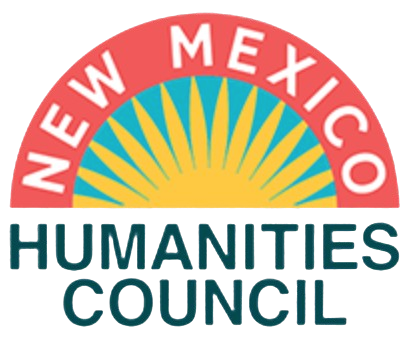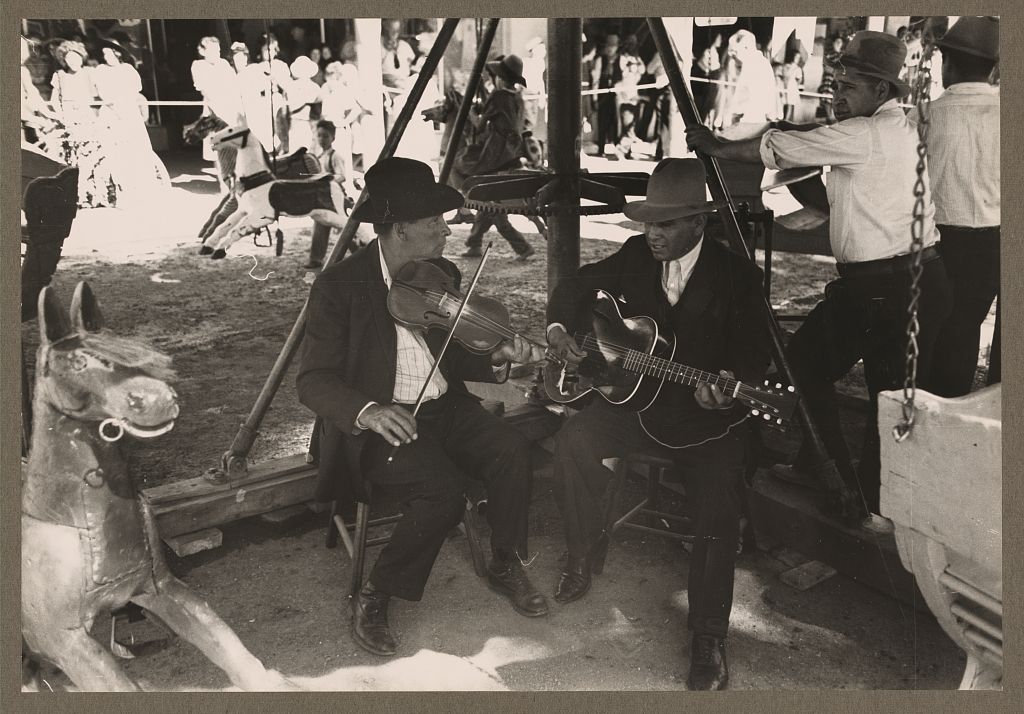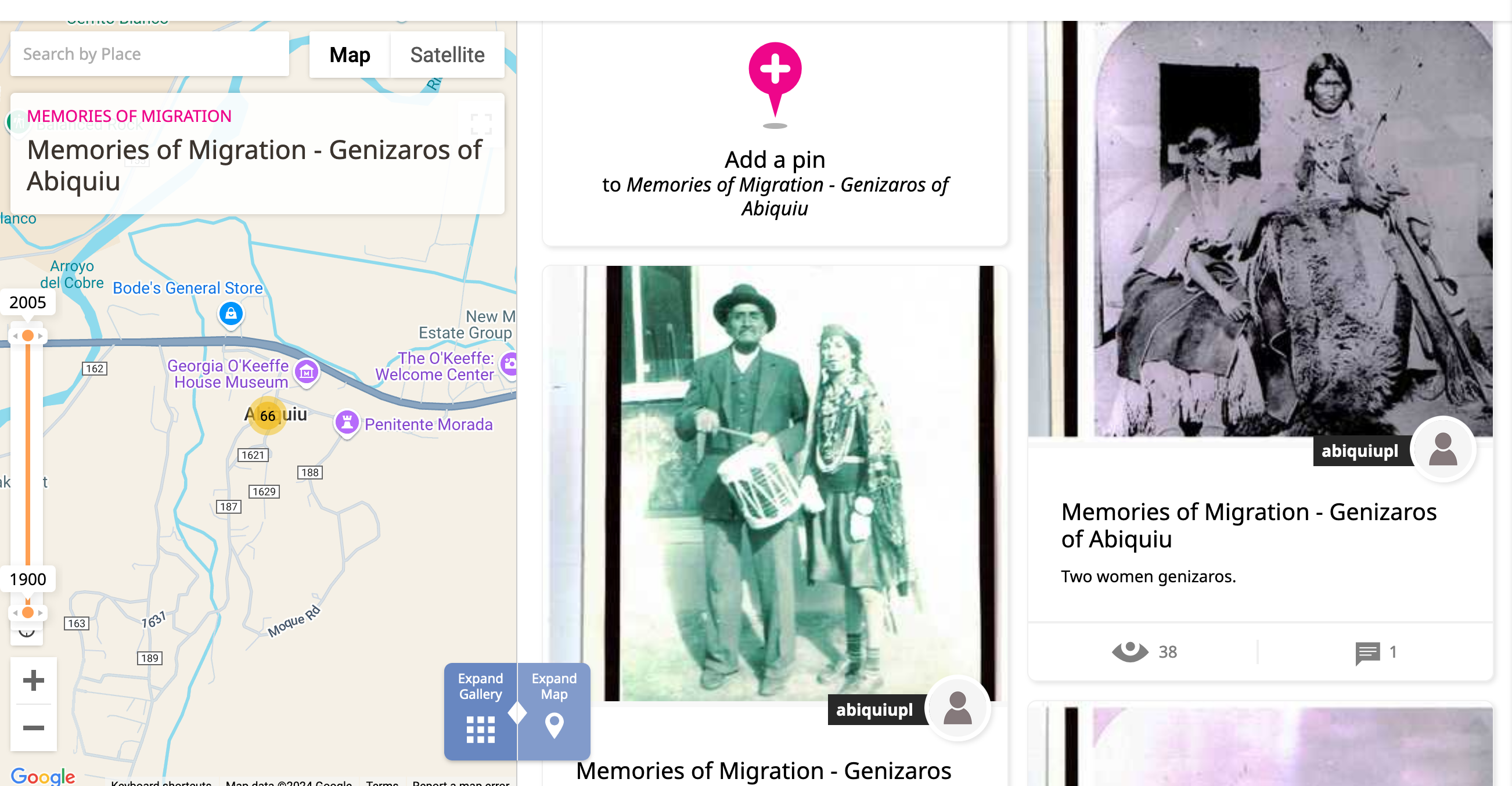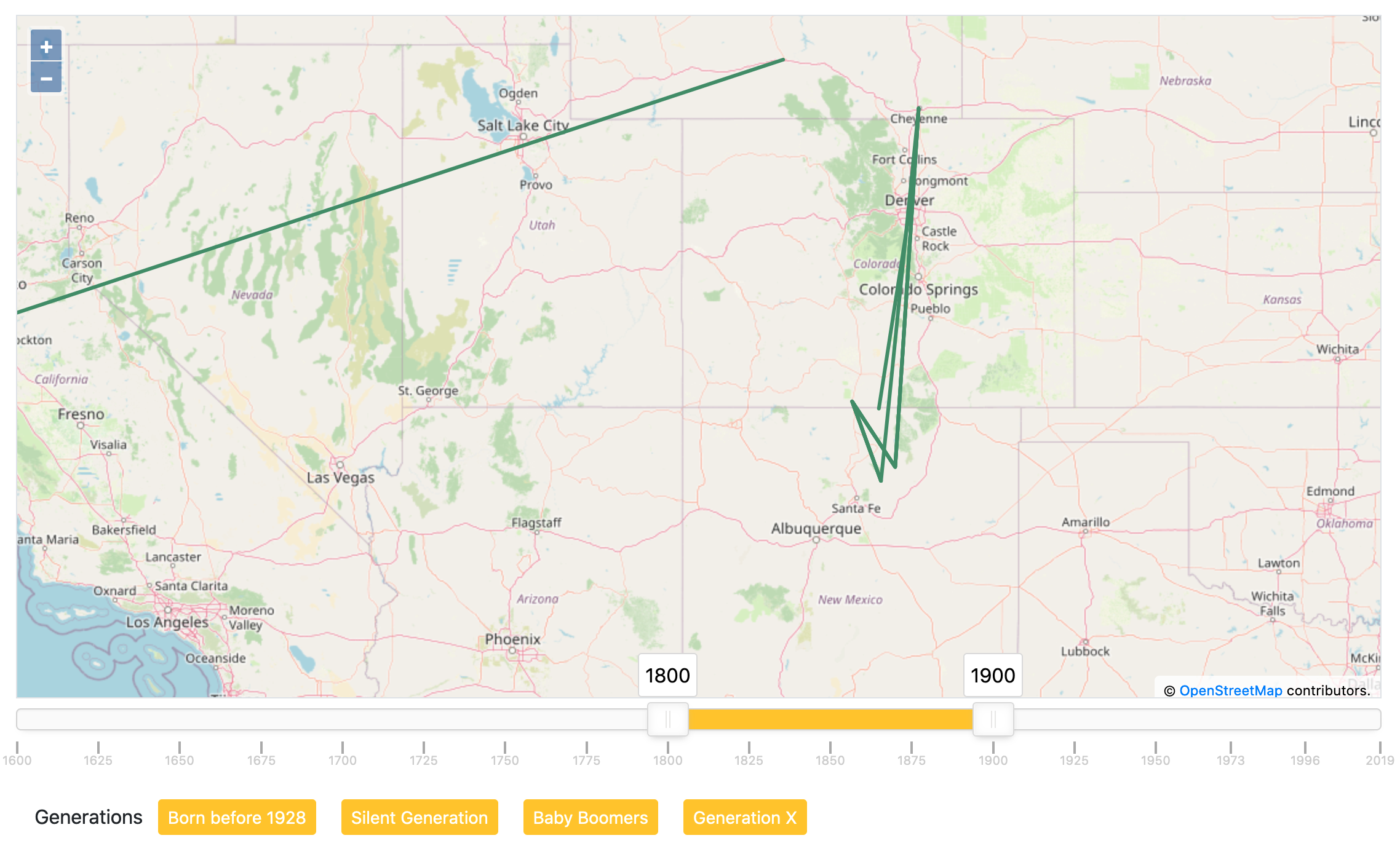Resources

Since 1972, the New Mexico Humanities Council (NMHC) has been engaging New Mexicans with history, culture and diverse humanities topics through Council-conducted public programs and grant funding for special projects.
The humanities explore human interaction and reflect on the experiences and meanings of life. By applying thought, reason and inquiry, we are able to understand and give meaning to our history and culture, connecting our past, present and future.
OUR MISSION: To support public programs in New Mexico communities which inspire inclusive conversations that strengthen our civil society and celebrate diverse human experiences.

Tonada del País - The American Folklife Center's Juan B. Rael Collection
In the summer of 1940, when based at Stanford University, the scholar and linguist Juan Bautista Rael embarked on a project to document Hispano culture and music in the Northern Rio Grande region. In particular, he sought to carry out fieldwork with communities in the San Luis Valley (Southern Colorado) and Taos Valley (Northern New Mexico) -- where he had grown up in the town of Arroyo Hondo.
To truly capture the tonada del país, or the 'tune of the region,' he recorded alabados (religious hymns), songs from folk dramas and weddings, and dance tunes in Alamosa, Manassa, and Antonito, Colorado, as well as in Cerro and Arroyo Hondo, across the border in New Mexico.
In total, he made 146 audio recordings on thirty-six acetate discs, adding up to roughly eight hours of wide-ranging music. "Tonada del país" was a phrase Rael had come across in reading earlier, written compilations of Hispano hymns, possibly denoting that they enjoyed "great popularity among the people and were perhaps gathered from them."

The 170,000 photographs taken between 1935 and 1944 under the direction of the Farm Security Administration (FSA) and the Office of War Information (OWI) constitutes one of the richest photographic archives in the United States, arguably the world. One of the most famous documentary photography collections of the twentieth century, the “Historic Section” created visual evidence of government initiatives alongside scenes of everyday life during the Great Depression and World War II across the United States. Photogrammar provides tools to explore this abundant archive: maps to see photos taken in thousands of locations across the United States, a “treemap” to explore them categorically and thematically, a timeline to concentrate on a given moment in time or a specific photographer, and individual photographer pages with oral histories.

Folk Music of Hispanic New Mexico: The John Donald Robb Collection
John Donald Robb carefully recorded and transcribed over 3000 Hispano folk songs all over New Mexico and the Southwest between 1945 and 1972, the largest collection of its time. Like romantic and modernist composers before him, he looked to the songs of everyday folk to inspire and inform his own compositions. He also wanted to provide a living record to the musicians and scholars of New Mexico.
This collection contains video, audio, Spanish transcriptions and English translations and sheet music for the songs. Support materials include student handouts and video descriptions of the song forms. You will also find supplemental reading material and the complete documentary film The Musical Adventures of John Donald Robb in New Mexico.


The Manitos Migration Map is a project of Dr. Trisha Martinez, Assistant Professor at the University of Wyoming, in collaboration with faculty and students in the Software Systems Design Program at New Mexico Highlands University. Dr. Martinez is also a member of the collaborative research team Following the Manito Trail. Una Manita de Wyoming, she was born in Cheyenne with family roots extending from northern New Mexico. Through interviews and historical research, her work documents the experiences and contributions of Manitos in the diaspora, their family histories and reasons for migrating. By mapping the stories of these individuals and their communities over time, patterns emerge that help us to understand who and where we are today.

